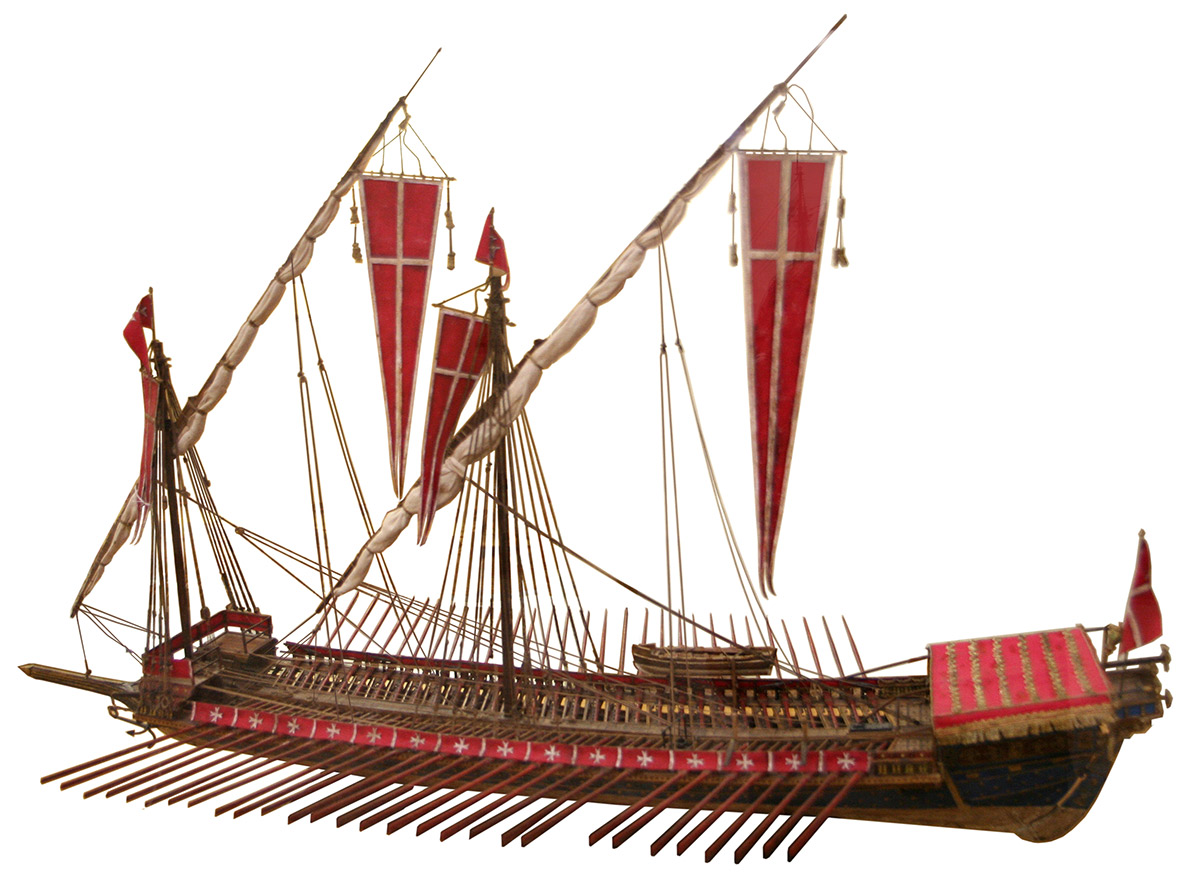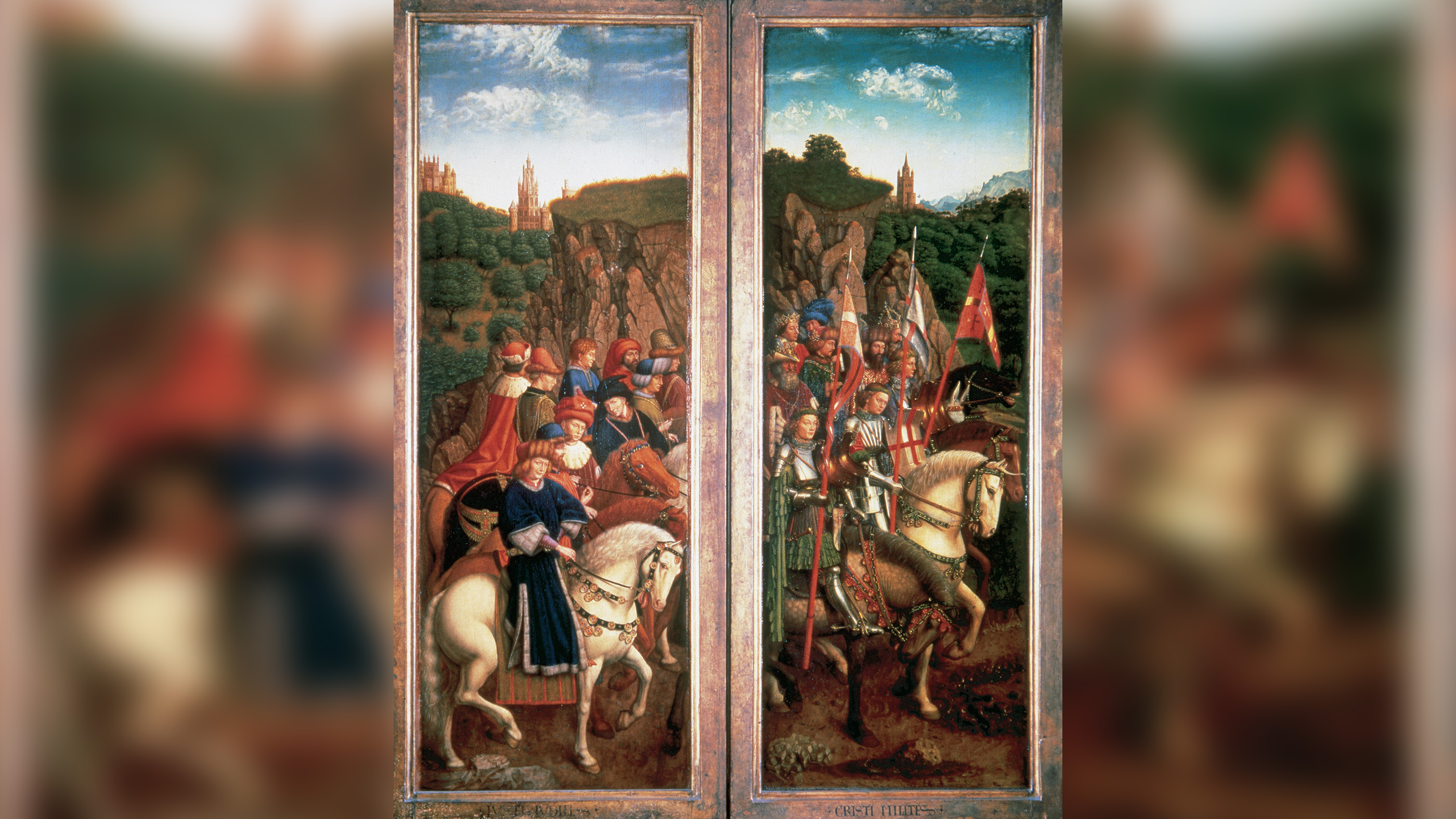DepthReading
30 of the world's most valuable treasures that are still missing
Throughout history, fantastic treasures from various cultures have been stolen or mysteriously gone missing. Often their theft or disappearance happens during times of war or disaster, when they can't be protected or when a military force decides to take those treasures as a trophy. Sometimes treasures are recovered, but many are still missing.
Here, Live Science takes a look at some of these lost treasures that may never be found. Some of these treasures are now likely destroyed, but some may still exist and one day be recovered.
The Amber Room
The Amber Room was constructed in the Catherine Palace in the 18th century in Tsarskoe Selo, near St. Petersburg. The room contained gold-gilded mosaics, mirrors and carvings, along with panels constructed out of about 1,000 pounds (450 kilograms) of amber. Tsarskoe Selo was captured by Germany in 1941 during World War II, and the room's panels and artwork were disassembled and taken to Germany. They haven't been seen since, and it's possible they are now destroyed. Today, the Catherine Palace hosts a re-creation of the Amber Room.
Sarcophagus of Menkaure
The pyramid of Egyptian pharaoh Menkaure is the smallest of the three pyramids constructed at Giza around 4,500 years ago. In the 1830s, English military officer Howard Vyse explored the Giza pyramids, at times using destructive techniques (his use of explosives being the most notorious) to make his way through the structures.
Vyse made a number of discoveries at Giza, including an ornate sarcophagus found in Menkaure's pyramid. Vyse tried to ship the sarcophagus to England in 1838 aboard the merchant ship Beatrice, but the ship sank during its journey and took the ornate sarcophagus down with it. If the Beatrice is ever found, it may be possible to retrieve the ancient sarcophagus.
Ark of the Covenant
According to the Hebrew Bible, the Ark of the Covenant was a chest that held tablets engraved with the 10 Commandments. The chest was kept in a temple in Jerusalem in ancient Israel that was said to have been built by King Solomon. This temple, sometimes called the First Temple, was the most sacred site on Earth for the Jewish people, but it was destroyed in 587 B.C. when an army from ancient Babylon, led by King Nebuchadnezzar II, conquered Jerusalem and sacked the city. It's unclear what happened to the Ark of the Covenant, and its location has long been a source of speculation.
Honjo Masamune Sword
The Honjo Masamune is a sword that was supposedly created by Gorō Nyūdō Masamune, who lived from 1264 to 1343 and is considered by many to be the greatest sword maker in Japanese history. The sword is named after one of its owners, Honjo Shigenaga, who took it as a prize after a 16th-century battle. The sword later came into the possession of Tokugawa Ieyasu, who became the first shogun of Japan after winning a series of wars in the 16th century.
The sword passed down through the Tokugawa family until the end of World War II, when the sword was turned over to American authorities during the American occupation of Japan, as they were concerned that the sword, and others like it, could be used against the Americans. But the sword never reappeared. It's possible that U.S. soldiers destroyed the sword, along with other captured Japanese weapons; or they may have brought the sword to America, meaning it could be recovered.
The Library of the Moscow Tsars supposedly contained a vast collection of ancient Greek texts, as well as texts written in a variety of other languages. The rulers of the Grand Duchy of Moscow supposedly built the library by 1518, and in the 16th century prince Andrey Kurbsky wrote of a meeting between the philosopher Maximus (1475–1556) and the grand prince of Moscow Vasili III (1479-1533) in which the grand prince showed Maximus a massive number of Greek books wrote, David Arans, a scholar, in an article published in 1983 in the Journal of Library History.
There are claims that Ivan IV, better known as Ivan the Terrible, who lived from 1530 to 1584, somehow hid the library's texts. There have been many attempts over the centuries to find this "hidden library," but so far the searchers have come up empty-handed. Regardless of whether or not this hidden library existed, a number of ancient texts written in Greek and other languages are located in archives in Moscow and St. Petersburg, historian Patricia Kennedy Grimsted wrote in her book "Archives in Russia: A Directory and Bibliographic Guide to Holdings in Moscow and St. Petersburg" (Routledge, 1997).
Crown Jewels of Ireland
Stolen in 1907 from Dublin Castle, the "crown jewels of Ireland" were "not connected with any coronation ceremony and included no crown. Rather, they comprised a jewelled star of the Order of St. Patrick and a diamond brooch and five gold collars of that order, all Crown property," Tomás O'Riordan, a historian and project manager at University College Cork, wrote in an article published in 2001 in History Ireland magazine. "[The] Order of St. Patrick was founded in 1783, to reward those in high office in Ireland and Irish peers — referred to as Knights' companions — on whose support the government of the day depended," O'Riordan wrote.
Britain controlled Ireland at the time these "crown jewels" were created in 1783. The jewelry was made from 394 stones taken from Queen Charlotte's jewelry and an Order of the Bath badge. Queen Charlotte was the wife of King George III. The jewels also held rupees from a Mughal emperor and possibly precious stones provided by a sultan of Turkey, O'Riordan said.
The jewels were kept in a library, and lax security was blamed for making the robbery possible. Who stole the jewels and what happened to them remain a mystery. A wide range of people have been suspected of pulling off the heist, including Francis Shackleton, brother of the famous explorer Ernest Shackleton, although nothing was ever proved.
Sappho's Lost Poems
The Greek lyric poet Sappho, who lived in the seventh century B.C., was the Shakespeare of her day. She was highly regarded by the ancient Greeks, who considered her to be one of the finest poets. Unfortunately for us, few of her poems still survive. In 2014, however, sections of two never-before-seen poems by Sappho were revealed by University of Oxford papyrologist Dirk Obbink. One poem talks about her brothers, while the other tells of unrequited love.
Their provenance is unclear. In 2021 Brill retracted an article written by Obbink that detailed its provenance and right now it is uncertain where exactly they come from.
Dead Bishop's Treasure
In 1357, a ship called the São Vicente set sail from Lisbon in Portugal to Avignon in France, carrying treasures acquired by Thibaud de Castillon, the bishop of Lisbon who had recently died. The treasures included gold, silver, rings, tapestries, jewels, fine plates and even portable altars. While sailing near the town of Cartagena, in modern-day Spain, the São Vicente was attacked by two heavily armed pirate vessels, whose crew seized the treasure.
One pirate ship, commanded by a man named Antonio Botafoc (which in the languages used at the time in Iberia means "fire blast" or "fire fart") was later captured after it ran aground. However, the other pirate ship, commanded by Martin Yanes, appears to have made a clean getaway. What happened to Yanes, his pirate crew and the stolen treasure is unknown.
The Just Judges
The "Just Judges" panel is part of the Ghent Altarpiece, a 15th-century work of art painted by Hubert and Jan van Eyck in Saint Bavo's Cathedral in Ghent, Belgium. The panel shows a number of characters, whose identities are uncertain, on horseback. Philip the Good, who was duke of Burgundy at the time the altarpiece was created, is likely one of the characters.
The panel was stolen in 1934 and has never been found. However, despite the passage of time, new tips continue to come in, and the case file — which is now more than 2,000 pages long — is still active, Noah Charney, an art historian, wrote in an article published in The Guardian in 2013. There had been numerous other attempts to steal the Just Judges panel and other parts of the Ghent Altarpiece prior to the 1934 theft.
Florentine Diamond


















